The Lord spoke to Moses, saying, “If anyone sins and commits a breach of faith against the Lord by deceiving his neighbor in a matter of deposit or security, or through robbery, or if he has oppressed his neighbor or has found something lost and lied about it, swearing falsely—in any of all the things that people do and sin thereby— if he has sinned and has realized his guilt and will restore what he took by robbery or what he got by oppression or the deposit that was committed to him or the lost thing that he found or anything about which he has sworn falsely, he shall restore it in full and shall add a fifth to it, and give it to him to whom it belongs on the day he realizes his guilt. And he shall bring to the priest as his compensation to the Lord a ram without blemish out of the flock, or its equivalent, for a guilt offering. And the priest shall make atonement for him before the Lord, and he shall be forgiven for any of the things that one may do and thereby become guilty.” (Lev. 6:1-7).
I have been reading through Leviticus, which is one of my favorite books in the Old Testament. The book is about how God’s people have relationship with a holy God. The sacrifices are meticulous and tedious at times, which indicates how seriously we need to respect God for being much bigger than our finite and often meager picture of Him.
Leviticus 6 deals with issues when a person sins against a neighbor. Some of the crimes are very specific: deceiving his neighbor through a deposit, robbery, oppression (manipulated) or he stole something that belonged to them. All these were considered sinful actions toward one’s neighbor. What I want you to notice is the process of repentance.
First, when a person realizes his guilt (not feels guilty but knows he is guilty) he is to restore what he took. The restoration was to be equal to what was stolen. If he found a goat walking around and took it and then found out it belonged to his neighbor, he was to restore the exact item.
Second, in addition to restoring the exact item that he stole, he was to add a fifth to it and give that to the person he robbed. Interesting that restoring equal to what he stole was not sufficient, he was to add 20% of the value of that item and reimburse that too. It would seem that the additional amount was evidence that he was truly repentant. The other reason we might dare to call penance in that true restoration was the cost of the item plus interest. What a great deterrent to stealing when the person was responsible to restore and add 20% to their victim. Not quite the attitude of most people today. That is why we have insurance.
Thirdly, now they were to go to the priest and offer a sacrifice before the Lord. One might ask why was this necessary if the person restored everything to the rightful owner? The answer is simple: when we sin against another person, we also sin against our heavenly Father. This step is costly. They not only have to restore the stolen item but now take a “ram without blemish out of the flock, or its equivalent, for a guilt offering.” They needed to recognize their sin before the Lord, not just fix things with people. When this final step takes place, the text now tells us that the priest makes atonement for him before the Lord, and he shall be forgiven.
This is what true repentance looks like. Forgiveness from God only comes after truly accepting their guilt of sin, restoring their offense, and adding 20% to the person they sinned against, and then standing before the Lord to find atonement and forgiveness. Only after this step do we read about forgiveness.
Would this not be a great model for Christians today? Acknowledge our sin, bring true reconciliation with those we have offended (including restoring items with interest) and then find forgiveness with God.
Pastor Brad.

